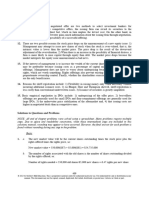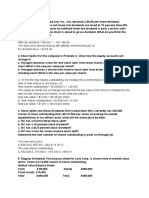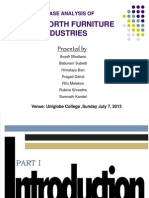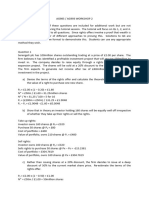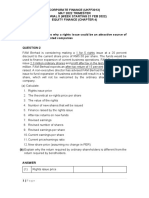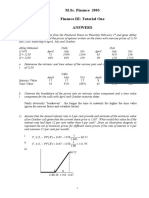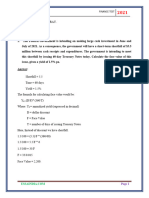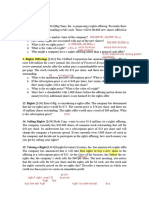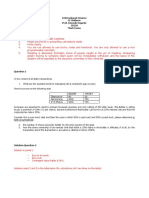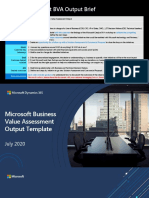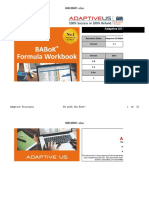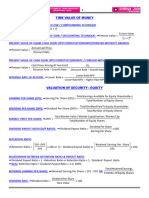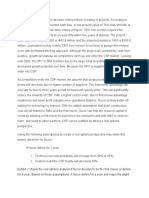0% found this document useful (0 votes)
41 views12 pagesCh14 SM
The document is a solutions manual for Chapter 14 of 'Fundamentals of Corporate Finance,' detailing various financial concepts such as long-term financing, rights issues, venture capital, IPO underpricing, and calculating flotation costs. It includes specific problems and solutions related to equity financing, share pricing, and the effects of new share issues on existing shareholders. The manual provides a comprehensive overview of how companies manage capital structure, raise funds, and the implications of these actions on shareholder value.
Uploaded by
kvffhryykgCopyright
© © All Rights Reserved
We take content rights seriously. If you suspect this is your content, claim it here.
Available Formats
Download as DOCX, PDF, TXT or read online on Scribd
0% found this document useful (0 votes)
41 views12 pagesCh14 SM
The document is a solutions manual for Chapter 14 of 'Fundamentals of Corporate Finance,' detailing various financial concepts such as long-term financing, rights issues, venture capital, IPO underpricing, and calculating flotation costs. It includes specific problems and solutions related to equity financing, share pricing, and the effects of new share issues on existing shareholders. The manual provides a comprehensive overview of how companies manage capital structure, raise funds, and the implications of these actions on shareholder value.
Uploaded by
kvffhryykgCopyright
© © All Rights Reserved
We take content rights seriously. If you suspect this is your content, claim it here.
Available Formats
Download as DOCX, PDF, TXT or read online on Scribd
/ 12

